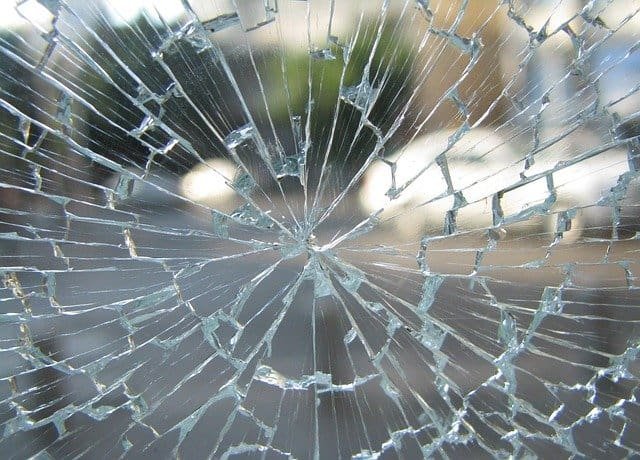Summary. To determine how strong 3D printed parts are, consider material choice and design. Materials like PLA, ABS, and nylon vary in strength. Pairing the right material with proper design and print settings optimises strength.
How strong 3D printed parts are depends on several key aspects, including:
- The material you use for printing, and
- How you design and print your 3D parts.
Why 3D Printing Materials Matter
Your 3D print will only ever be as good as the material you use.
This means selecting a quality material from a reliable supplier. But, also ensuring that the material you select will be right for the intended purpose of your finished part.
There is a broad range of 3D printing materials available. In addition, the options will depend on the properties you want the material to have.
For example, you might want your part to be:
- Impact resistant
- Chemically resistant
- Flexible
- Rigid
- Heat resistant
- Water resistant.
PLA OR POLYLACTIC ACID
One of the most popular materials users select for desktop 3D printing is PLA, or Polylactic Acid.
Why do so many people choose PLA as their 3D printing filament?
It provides ease of use at a low cost and, importantly, it is reasonably strong. Additionally, you can print with PLA at a low temperature, without a heated bed, but it has a tensile strength of 7,250 psi. However, PLA is also biodegradable, so while it is environmentally friendly, it is unlikely to be suitable for bearing heavy loads, as it can become brittle.
ABS – ACRYLONITRILE, BUTADIENE AND STYRENE
A more advanced engineering material for 3D printing is ABS. ABS is the combine polymers Acrylonitrile, Butadiene and Styrene. It is widely used in everyday household items and in cars. It is an engineering-grade material and more stable than PLA. There is a catch here though. When it comes to actual tensile strength, ABS is weaker than PLA.
There are other alternative 3D printing materials out there. For example, there is a type of nylon suitable for 3D printing that is stronger and more durable than either PLA or ABS.
NYLON
Nylon filament is flexible when thin but with excellent adhesion between layers. It has a high melting temperature and a low friction coefficient. Nylon is suitable for various functional applications and parts such as hinges.
POLYCARBONATE
Another strong 3D printing material is polycarbonate. It offers a high level of toughness and a very good thermal and dimensional stability. In addition, it is ideal for high-strength, functional components. For instance, it is commonly used in manufacturing bullet-proof glass.
FAQ: Ensuring the Strength of 3D Printed Parts
How does the choice of material impact the strength of 3D printed parts? The strength of your 3D printed parts is heavily influenced by the material you select. Each material, such as PLA, ABS, or nylon, has unique properties that affect durability, flexibility, and resistance to impact or heat. Choosing the right material based on the part’s intended use is crucial for ensuring optimal strength.
What are the key characteristics of common 3D printing materials like PLA, ABS, and nylon?
- PLA (Polylactic Acid): Easy to use, biodegradable, and reasonably strong with a tensile strength of 7,250 psi, but it can become brittle under heavy loads.
- ABS (Acrylonitrile Butadiene Styrene): An engineering-grade material used in everyday items, more stable than PLA, but with slightly less tensile strength.
- Nylon: Flexible when thin, with excellent layer adhesion, making it durable and suitable for functional parts like hinges.
- Polycarbonate: Extremely tough with high thermal stability, ideal for high-strength components like bullet-proof glass.
How do design and print settings influence the strength of 3D printed parts? To achieve strong 3D printed parts, ensure your design includes a robust infill pattern, like honeycomb or rectilinear. Additionally, using high-quality print settings and selecting the correct orientation for your print can significantly impact the part’s durability. Avoid placing critical stress areas along the z-axis, where parts tend to be weakest.
Can the strength of 3D printed parts be customised to fit specific needs? Yes, by carefully selecting the material, design, and print settings, you can tailor the strength of your 3D printed parts to meet specific functional requirements. This customisation allows for creating parts that are not only strong but also perfectly suited to their intended application.
Matching Material with Design and Production
To ensure you have sufficiently strong 3D printed parts you need to make sure they are well designed and that you use appropriate print settings.
- First, select a suitable infill pattern. This is the printed material inside the walls of your print. Selecting a naturally strong infill design pattern, such as honeycomb or rectilinear, will add strength to the finished 3D part, regardless of the material you choose.
- Next, you should ensure your print settings are of a sufficient quality, as this can influence the final result.
- Finally, choose the right orientation for your 3D print. You will find that 3D parts tend to be weakest along the z axis. Therefore, you must make sure that the areas of the part receiving the most stress will not be along this axis.
The strength of 3D printed parts is relative to their function and the material you choose should reflect this.
For more information about our 3D printing solutions, please use our online contact form, or call us direct on 01527 558 282.
